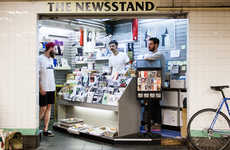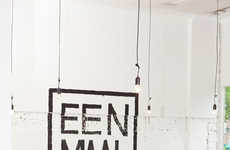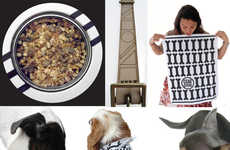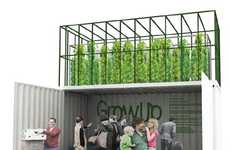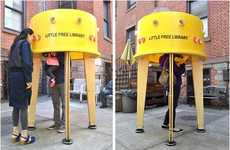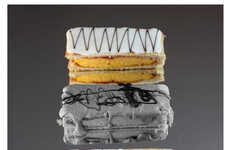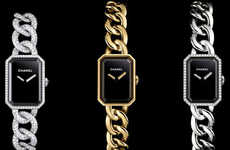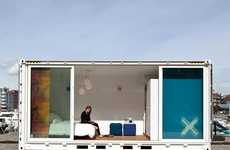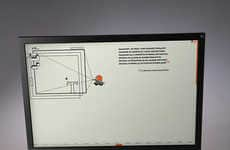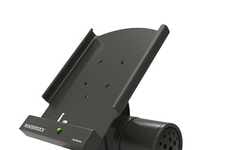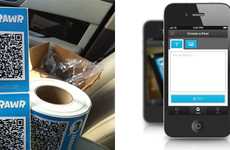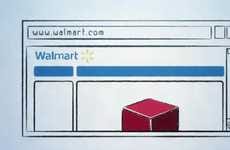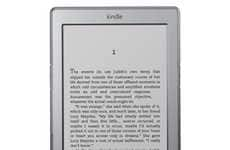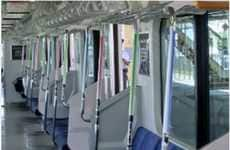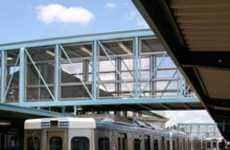

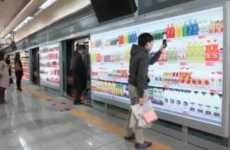

Retailers adjust to the lack of space in large cities with micro pop-up stores
Implications - Traditionally used as a way to create urgency among consumers, pop-up shops are now becoming a necessity in largely populated cities across the world. As a result, companies are opening small, temporary locations in seemingly odd places, such as subways or parked trucks. This satisfies the consumer desire for convenience, while ensuring companies adapt to today's (figuratively and literally) crowded market.
Trend Themes
1. Micro Pop-up Stores - Pop-up shops are becoming a necessity in largely populated cities across the world as a result of limited space, leading companies to create small, temporary locations in odd places to attract consumers and increase convenience.
2. QR Code Marketing - QR codes on trucks or subway walls provide quick delivery and incentivize customers with free shipping on purchases above a certain threshold; this digital innovation quickly and efficiently connects consumers with products while establishing a unique delivery system and marketing campaign.
3. Pop-up Independent Boutiques - The use of vacant retail spaces to create make-shift boutiques serves as a marketing tool to promote independently published literature and may contribute to the growth and success of independent publishing business.
Industry Implications
1. Retail Industry - Companies are adopting digital marketing strategies like QR codes and using limited space for micro pop-up stores to attract consumers and customers.
2. Food Industry - Food trucks and mobile pop-ups have innovated the food industry, and now consumer goods brands like Walmart and Proctor & Gamble are following suit by using trucks to increase consumer accessibility and convenience.
3. Publishing Industry - Pop-up businesses selling independently published literature can contribute to the growth and success of independent publishing businesses, which can make use of vacant retail spaces and innovative marketing strategies to reach broader audiences.
